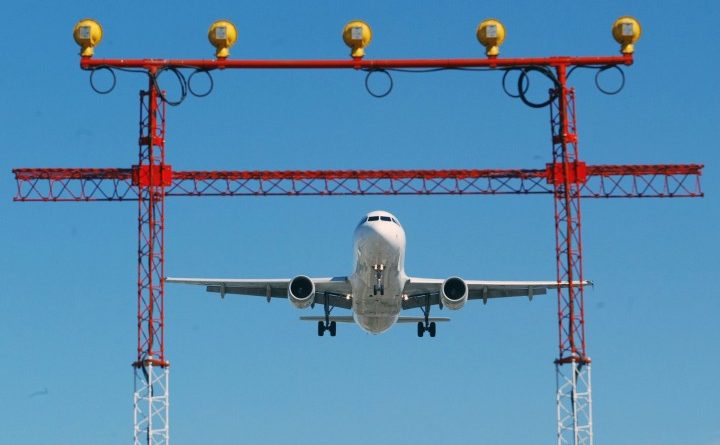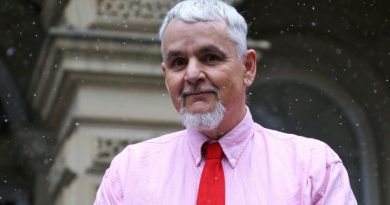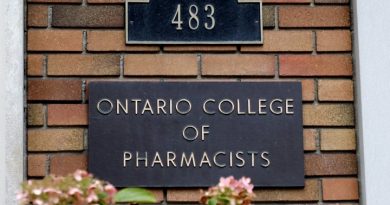Pilot shortage can’t be addressed by existing programs, documents suggest
OTTAWA — Federal officials combing through skills training programs have concluded major changes are needed if those are to be used to address a shortage of airline pilots.
Instead, officials are suggesting a strategy being used by other countries as a way for Canada to address a growing need for pilots: governments and airlines partner to pay for pilot training.
The funds — either dedicated financing or government-industry training programs — in turn could ensure “that a sufficient supply of trained pilots can sustain the current and projected demand,” reads the briefing note The Canadian Press obtained through the Access to Information Act.
The cost of training can be fully or partially covered, and pilots typically owe airlines a certain number of years of service in return.
John McKenna, president and CEO of the Air Transport Association of Canada, said his group has asked the government to guarantee private loans from banks to qualified students or forgive interest payments.
The association pegs the annual cost to government at $5 million, based on 10 per cent of students failing to finish training, but is hoping to keep those figures far lower through strict candidate screening.
“For $5 million, the government could help train 600 people a year. We add 600 people a year, every year, and we’re going to largely solve the shortage in Canada,” McKenna said.
Industry estimates say Canada will need 7,300 new commercial pilots by 2025 as demand for air travel increases, but will fall 3,000 short of that mark.
That number doesn’t take into account new rules around rest periods for pilots, which kick-in one year from now, that the House of Commons transport committee suggested in June would increase the number of pilots needed in Canada.
Worldwide, estimates are that the global demand for new pilots will hit 255,000 by 2027, with the majority yet to start the long process of training and logging flying hours.
But a July briefing note to a senior official at Employment and Social Development Canada says that existing government programs “are not well suited” to help train more pilots.
Nor do the programs address the high cost to earn a commercial license in Canada, which can range from $80,000 and $95,000.
Officials ruled out several existing programs that could help:
— programs to support apprenticeships wouldn’t work because pilots aren’t considered a designated trade;
— the Canada Student Loans program would need changes to maximum payments to come close to the cost of pilot training;
— youth employment programs don’t recognize aspiring pilots as students, meaning terms and conditions of funding would be required to offer wage subsidies.
One program, known as the Indigenous Skills and Employment Training Strategy, could help train “a small number of pilots in remote and northern communities,” the briefing notes says, but it “would not be on a scale to respond to the overall shortage.”
In September, the government announced up to $4.9 million over three years for the First Nations Technical Institute to expand its commercial pilot training program and double the number of students.
Edmonton-based non-profit Elevate Aviation was given $400,000 to develop a plan to attract and retain more women to the sector.
Amy Butcher, a spokeswoman for Transport Minister Marc Garneau, said officials are looking at other ways to redo training programs in the sector.
By: Jordan Press
© The Canadian Press, 2019. All rights reserved. This material may not be published, broadcast, rewritten or redistributed.




